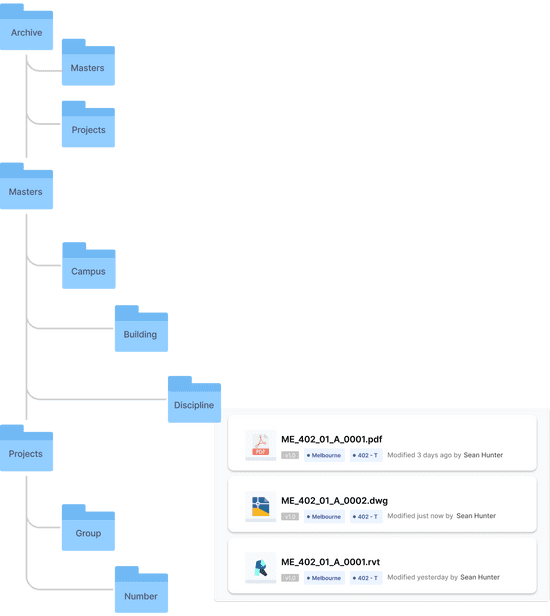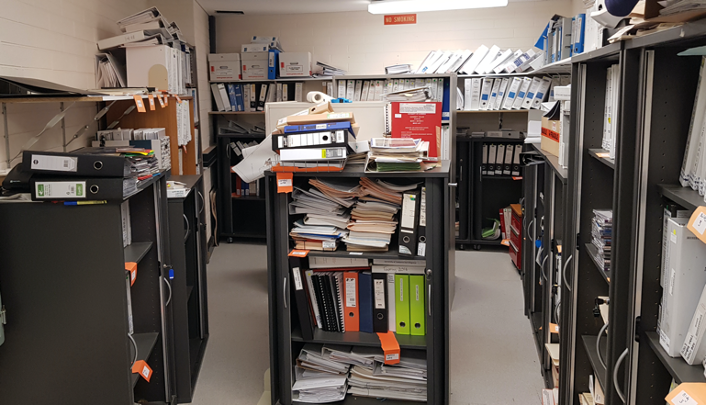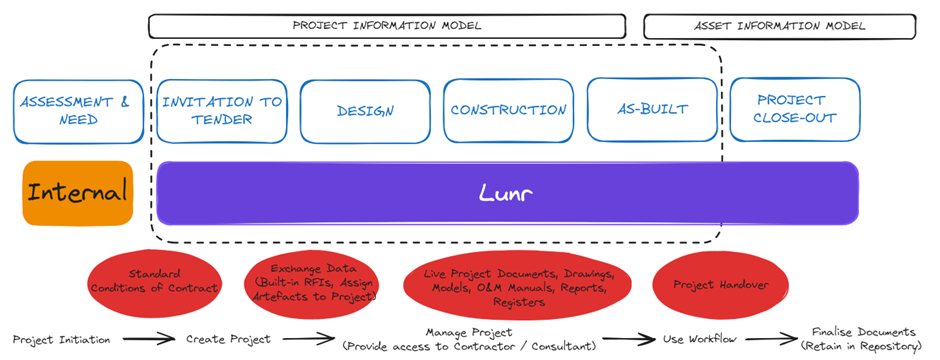How will the CDE Evolve?

Building on our previous post, the Common Data Environment (CDE) is poised to revolutionise the roles of the Client, Asset Owner, and Occupier. The increasing volume and diversity of data in projects, such as building modelling, signal a promising evolution. We anticipate a shift towards integrating manufacturers' building (OEM) data, construction drawings, and asset and equipment registers into a single model, known as a federated model. This model, or its components, can be housed within a centralised system and shared throughout the asset or project's lifecycle.
Many asset owners already centralise some data. The CDE will continue to formalise the process with the transition of progress from 'scattered artefacts' (disparate pieces of information spread across different systems or locations), and this will also be a discussion point. Asset owners have estates that vary in size and age. There will still be projects where a model is not feasible, and they will need to be able to transition quickly to a federated model.
While the industry is moving towards 3D models, the traditional process of acquiring artefacts remains crucial. This includes acquiring drawings throughout the design and construction process and other standard documentation like operations and maintenance (O&M) manuals. The transition to a model with linked information will take time, so it's vital to retain artefacts, even if some of the data within them needs to be updated. This continuity provides a sense of reassurance amid change.
Meanwhile, many organisations are evolving, structuring their data to ensure all stakeholders understand what is available. They are transitioning to a CDE that facilitates the sharing of asset and project information. The CDE's scope extends beyond the construction stage, focusing on providing everyday access to asset and project information that all stakeholders can share. This ongoing evolution instils confidence in the industry's adaptability.
Standard Components of a CDE
The asset owner, or appointing party, should consider the following built-in within a standard CDE system:
Requests for Information (RFI) processes
Transmittals
Integrated or federated models (in IFC format) that contain all data, such as materials, asset and equipment schedules, and building quantities. The federated model will be a source for clash detection or identification of a lack of services (existing and proposed).
A project information management system or at least a flexible project collaboration system that contains project sites for internal and external stakeholders, or both! Project collaboration allows for continuous engagement between the client, the architect, the builder, and, most importantly, the client's operations personnel, who are generally left to the end of discussions when an asset or facility is handed over. Issue tracking will be live within the CDE or within the federated model if available.
Historical artefacts and building data. As discussed above, these will remain essential sources for projects and asset operations. This includes existing drawings, reports, O&M manuals, building manufacturers, and construction data (OEM), including warranty information and legal documents. This information will evolve to contain financial data, like a built-in Rawlinson's construction guide with all historical facility interdependencies. The transition will be from a single electronic artefact (once physical) to a linked model.
Integration with other systems that allow stakeholder access is helpful in planning, design, project delivery, and operations. This includes integrating with Geographic Information Systems (GIS), Maintenance Management Systems (CMMS), and finance data.
What are IFC models?
We see the evolution of platform-independent Industry Foundation Classes (IFC) open data standards. Not to be confused with the issued for construction (IFC) drawing status, the IFC data format will be seen as the standard issuing of models and exchange of "whole data" that is constantly accessible and made available on the CDE of the client's choice.

